Archives
- 2025-12
- 2025-11
- 2025-10
- 2025-09
- 2025-03
- 2025-02
- 2025-01
- 2024-12
- 2024-11
- 2024-10
- 2024-09
- 2024-08
- 2024-07
- 2024-06
- 2024-05
- 2024-04
- 2024-03
- 2024-02
- 2024-01
- 2023-12
- 2023-11
- 2023-10
- 2023-09
- 2023-08
- 2023-07
- 2023-06
- 2023-05
- 2023-04
- 2023-03
- 2023-02
- 2023-01
- 2022-12
- 2022-11
- 2022-10
- 2022-09
- 2022-08
- 2022-07
- 2022-06
- 2022-05
- 2022-04
- 2022-03
- 2022-02
- 2022-01
- 2021-12
- 2021-11
- 2021-10
- 2021-09
- 2021-08
- 2021-07
- 2021-06
- 2021-05
- 2021-04
- 2021-03
- 2021-02
- 2021-01
- 2020-12
- 2020-11
- 2020-10
- 2020-09
- 2020-08
- 2020-07
- 2020-06
- 2020-05
- 2020-04
- 2020-03
- 2020-02
- 2020-01
- 2019-12
- 2019-11
- 2019-10
- 2019-09
- 2019-08
- 2019-07
- 2018-07
-
Given that neither case is derived from multiplex families w
2025-02-14
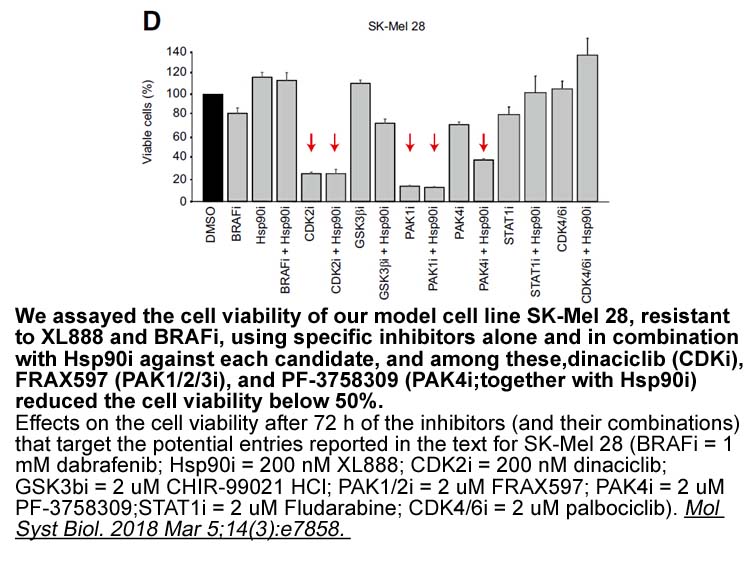
Given that neither case is derived from multiplex egfp excitation with affected individuals, principles of Mendelian segregation cannot be applied to implicate the T201S mutation in causing familial CJD. In addition, like many rare gene variants, it is not possible to apply practice guidelines such
-
A previous review article suggested different washout interv
2025-02-14

A previous review article suggested different washout intervals based on specific clinical contexts [4]. While no consensus was reached for the optimal interval between last dose of BV and surgery for CRLM, the authors of the review suggested waiting 6 to 8 weeks after BV before surgery, particularl
-
As patients with type diabetes
2025-02-14
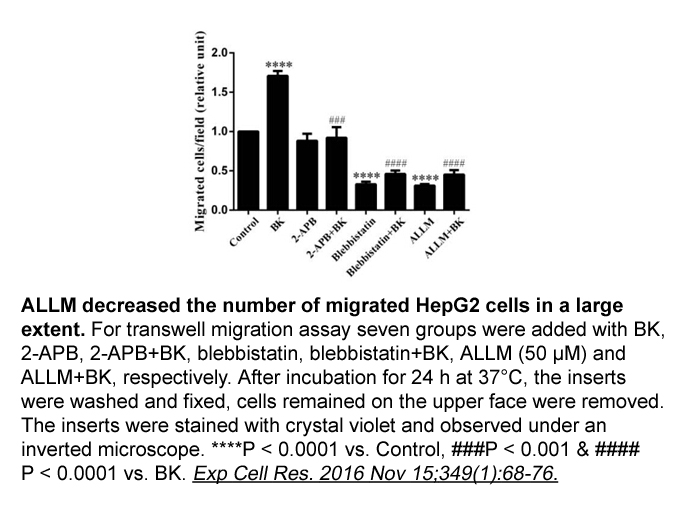
As patients with type 2 diabetes are known to be hyperinsulinemic per se, this relationship between insulin/IGF1 receptor and AR may point towards a causal role of insulin in AR upregulation. Indeed, this is supported by several previous observations. Beyond the already mentioned AR activation by in
-
br Introduction AMP activated protein
2025-02-14
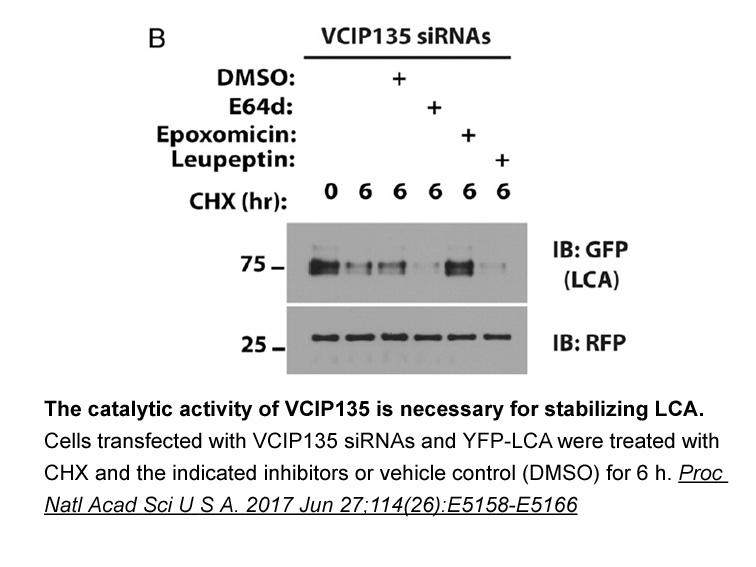
Introduction AMP-activated protein kinase (AMPK) has been found to be a key character against cardiovascular diseases and cellular stress. When activated by certain stress, AMPK regulates sugars and fatty acids that are good or detrimental to the heart. For example, targeting AMPK phosphorylation
-
br Results br Discussion Here we uncovered a role
2025-02-14
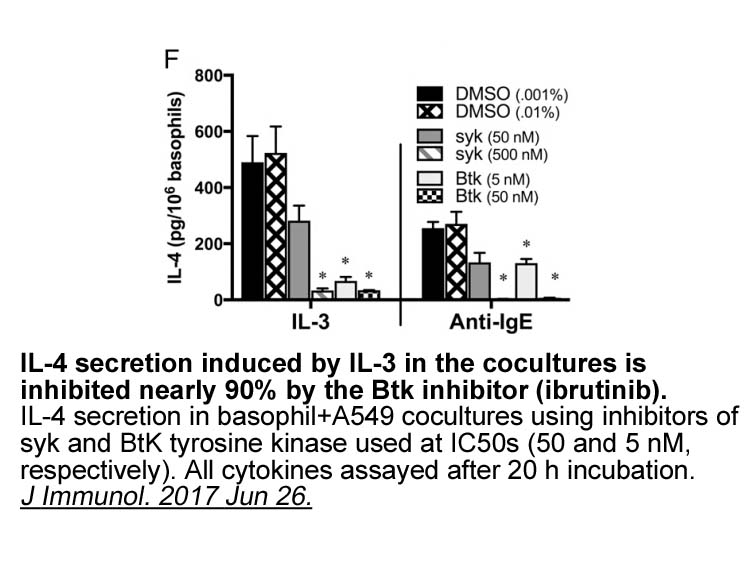
Results Discussion Here, we uncovered a role for Wnt-Fz7 signaling in LTP-dependent spine plasticity and synaptic localization of AMPARs. We demonstrated that LTP induction increased Wnt7a/b protein at MRE 3008F20 and spines. Direct blockade of endogenous Wnts impaired LTP-mediated structural
-
br Acknowledgements The authors would like to thank Dr
2025-02-13
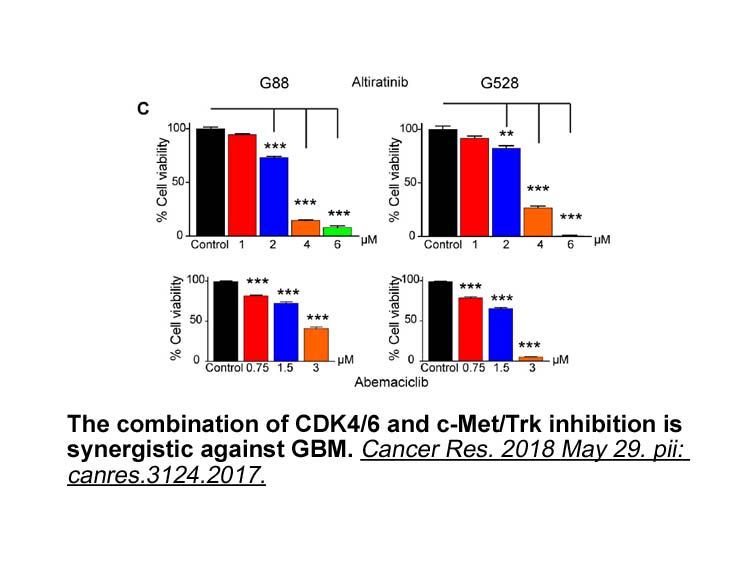
Acknowledgements The authors would like to thank Dr. Bradford B. Lowell for providing us with β-less and WT breeding pairs. Funding sources: This work was supported by NIH Grant DK028082 (to E.M.F) and by an Institutional Research Training Grant NRSA 5T32DK751627 (to N.D.). Introduction The e
-
Farnesyltransferase inhibitor Because activation of HT A
2025-02-13
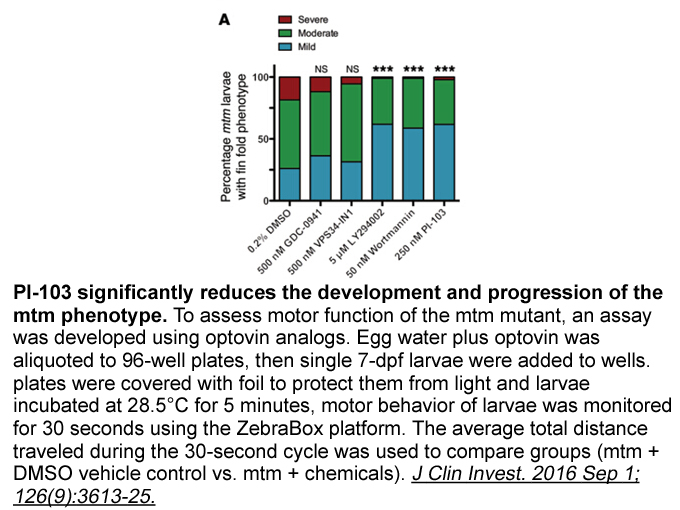
Because activation of 5-HT2A receptor is capable of facilitating dopamine cell activity and dopamine release (Bortolozzi et al., 2003), and this action of dopamine is known to mediate rat maternal behavior, especially maternal motivation (Afonso et al., 2007, Febo et al., 2010, Li and Fleming, 2003,
-
Toxicity is the main reason for the
2025-02-13
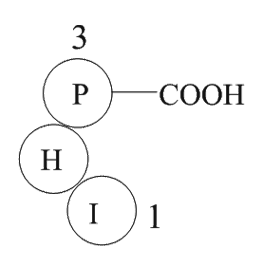
Toxicity is the main reason for the failure at all stages of the new drug development process. The major part of safety-related attrition occurs at preclinical phases while predicting preclinical safety liabilities earlier in the drug development process. This strategy enables the design and/or sele
-
Osteoblasts have been thought to be the major
2025-02-13
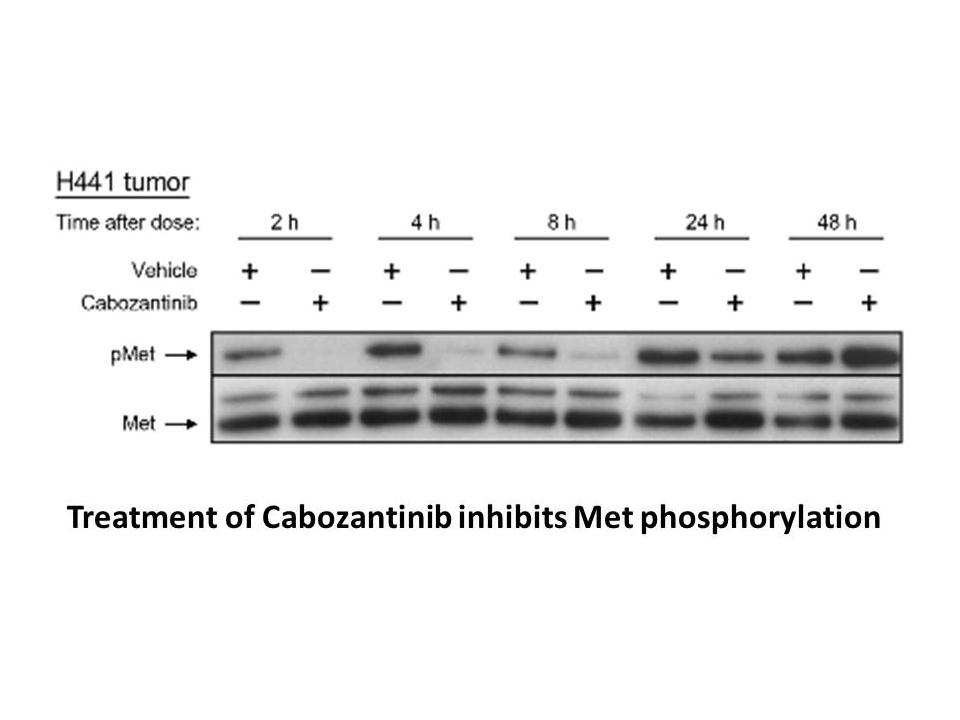
Osteoblasts have been thought to be the major cell type that expresses RANKL (Suda et al., 1999) which is a ligand for osteoprotegerin (OPG) and which functions as a key factor for osteoclast differentiation and activation. Recently, Nakashima and his colleagues (Nakashima et al., 2011) demonstrated
-
br Methods br Results br Discussion
2025-02-13
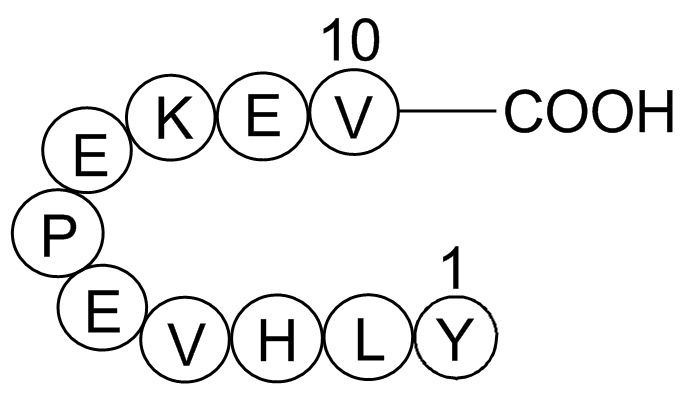
Methods Results Discussion Autotaxin has been shown to have effects on major cell types implicated in OA, notably chondrocytes, osteoblasts, osteoclasts, and synoviocytes, through its enzymatic product LPA [20]. However, a paucity of research exists on the involvement of autotaxin in OA. Fi
-
br Discussion In our current study we demonstrated
2025-02-13
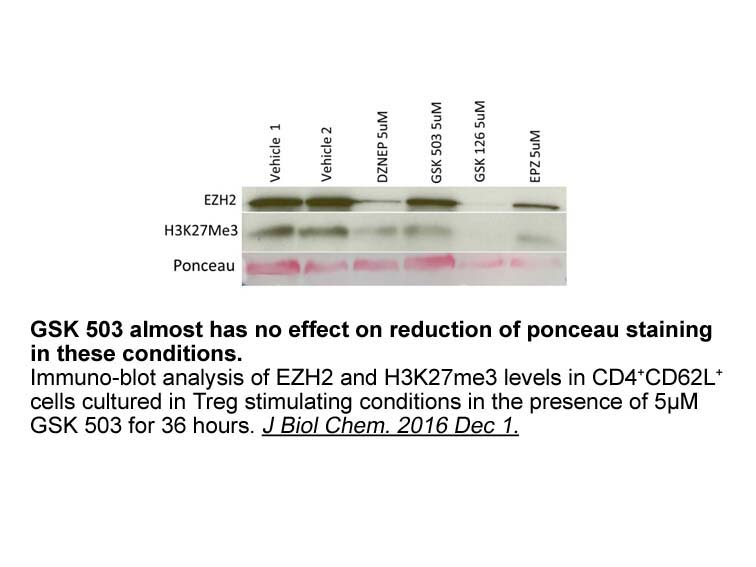
Discussion In our current study, we demonstrated that both the metastatic and recurrent ovarian cancer tissues expressed lower levels of p62 when compared with the patient-matched primary tumor samples. High cytidine synthesis levels of p62 were associated with long progression-free survival of
-
Taking together findings from our study and that from
2025-02-13

Taking together findings from our study and that from the literature, we propose a model (to be experimentally confirmed) of possible intracellular mechanism of NA-induced regulation of Na-K ATPase subunit expression (Fig. 8). NA acting on α1-AR modulates the α1- and α3-subunit expressions of Na-K A
-
NB-598 We have recently reported a
2025-02-13
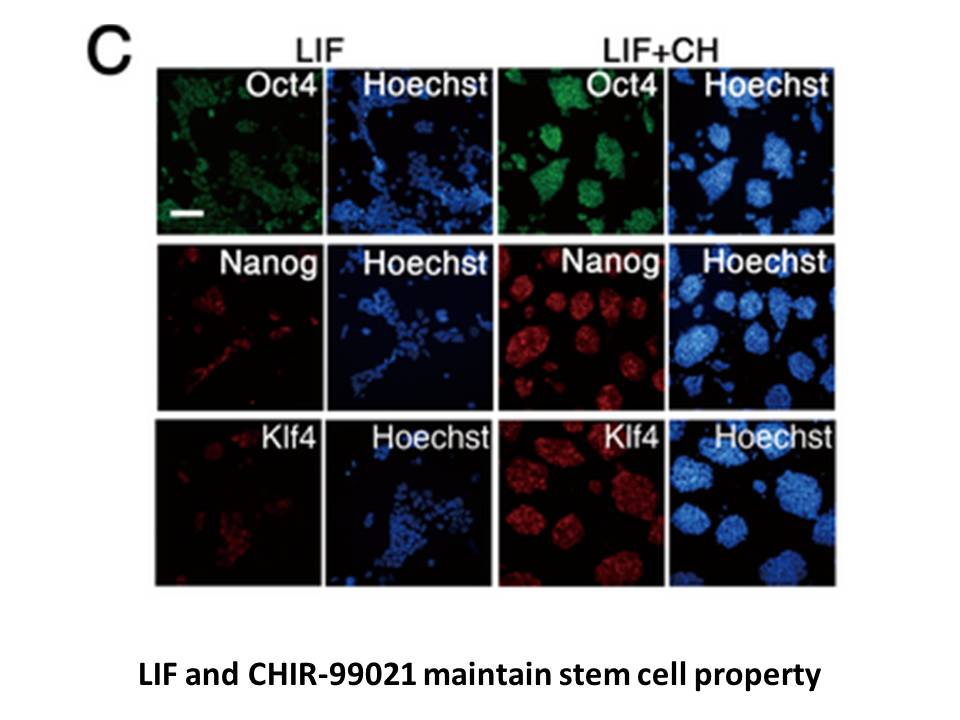
We have recently reported a regulatory effect of quercetin on the AChE activity in the brainstem during the demyelination and remyelination process [17]. It has also been observed that there is a protective effect on lipid peroxidation and worsening of motor functions caused by loss of myelin in the
-
br Experimental Procedures Additional information can be
2025-02-13
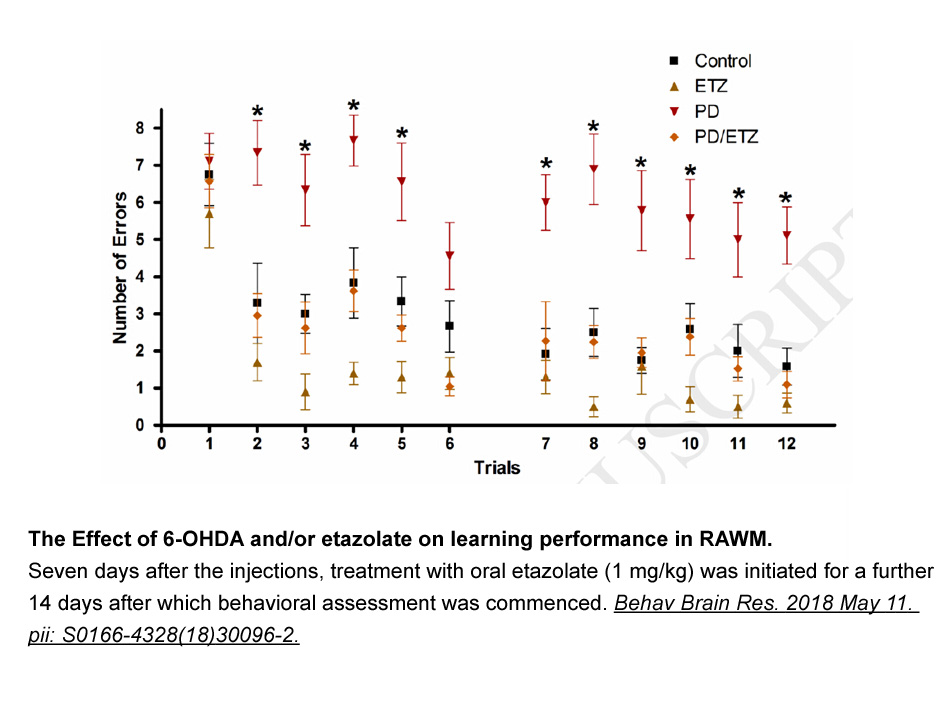
Experimental Procedures Additional information can be found in Supplemental Experimental Procedures. Author Contributions Acknowledgments We thank all members of Lab of Health Chemistry for helpful discussions. This work was supported by Grant-in-Aid for Scientific Research (KAKENHI) from
-
The proinflammatory cytokines and chemokines including IL TN
2025-02-12
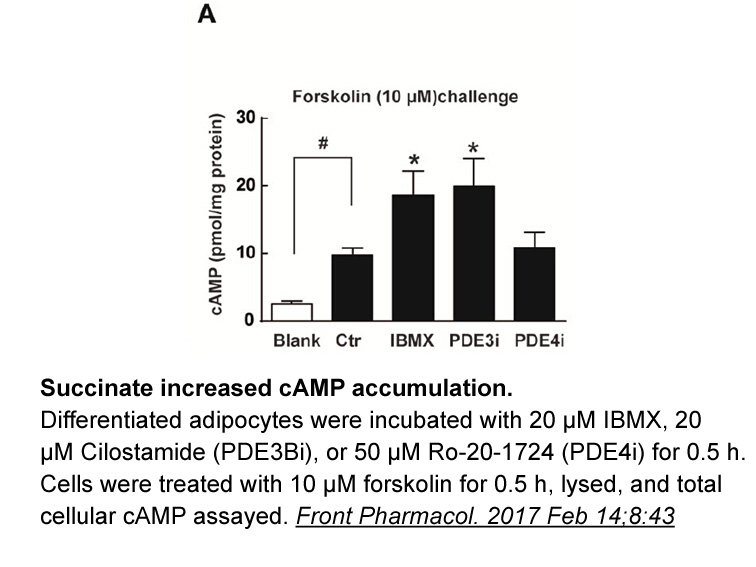
The proinflammatory cytokines and chemokines, including IL-1β, TNF-α and MCP-1, mediate acute and chronic inflammation and play a role in the development of hypertension [2, [51], [52], [53]], cardiovascular diseases [4, 54] and renal injury [55, 56] in animal models and humans. Concerning the possi
15130 records 17/1009 page Previous Next First page 上5页 1617181920 下5页 Last page